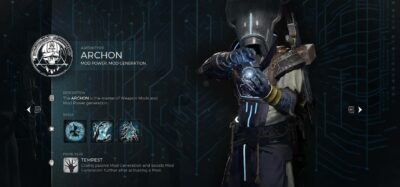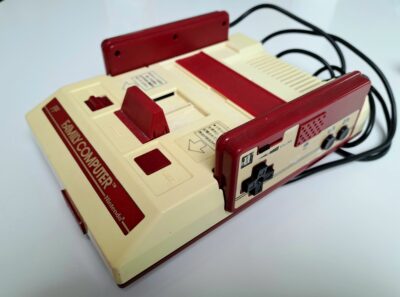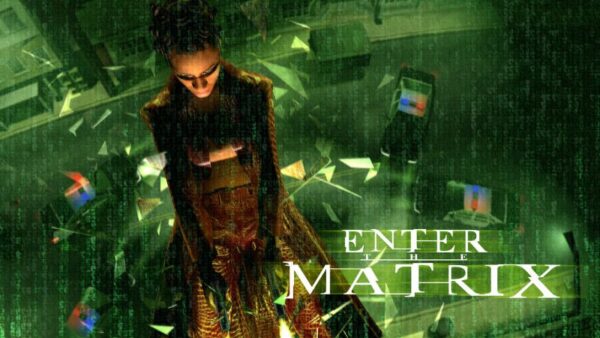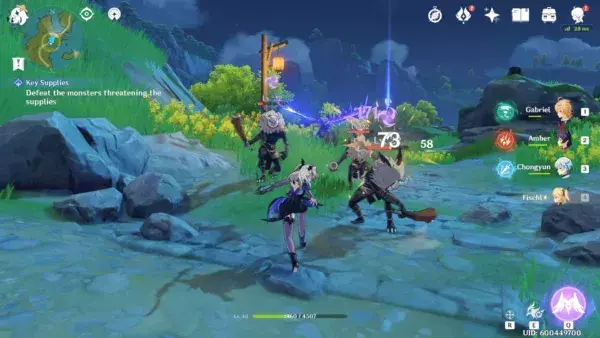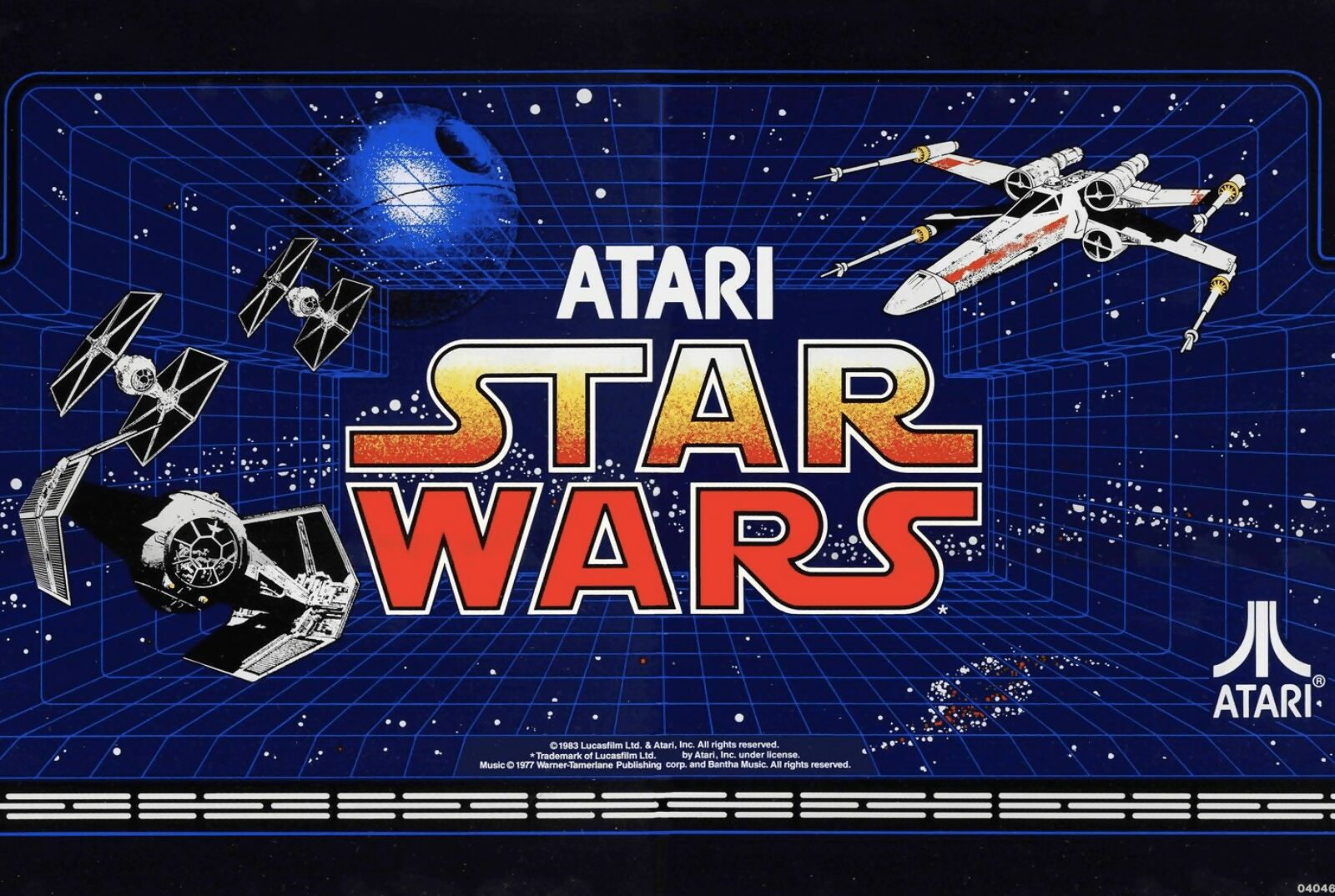
Atari’s Star Wars coin-op combined cutting-edge hardware, 3D action, and digitised sound combined to make a true arcade classic.
In today’s video game climate of hyperreal visuals and crystal-clear sound, it might be hard to imagine a time when Atari’s Star Wars coin-op was at the technological cutting edge. But back in 1983 – and for many years after, for that matter – Star Wars offered the ultimate in high-tech wish fulfilment. It put players in the seat of an X-wing, sending them on a first-person re-creation of A New Hope’s iconic Death Star trench run. As TIE fighters whizzed in and out of the screen, digitised voices exclaimed, “Red Five standing by” or “Use the Force, Luke”. Then, from the inky blackness, the Death Star moved into view; your craft plunged down onto the moon-sized space station’s surface, ready to make the final assault on its exhaust port.
While Atari also released a stand-up version, it was the sit-down Star Wars cabinet that provided the full George Lucas experience. It was here, with speakers booming in your ears and the vector display filling your view, that the fantasy of piloting an X-wing truly came to life. Sure, Star Wars was technically a rail shooter, but the simple act of pulling back on the yoke and sending laser blasts in the general direction of enemy fighters was enough to make you feel as though you were a true Red Squadron space pilot.
Designed by Mike Hally, Star Wars was an ambitious project for Atari, and a product of an arcade division at the height of its creative powers. Its development took two years, whereas most Atari coin-op cycles took one; its processing demands meant that new components had to be used in order to keep up. A dedicated sound chip had to be employed for all that digitised speech.
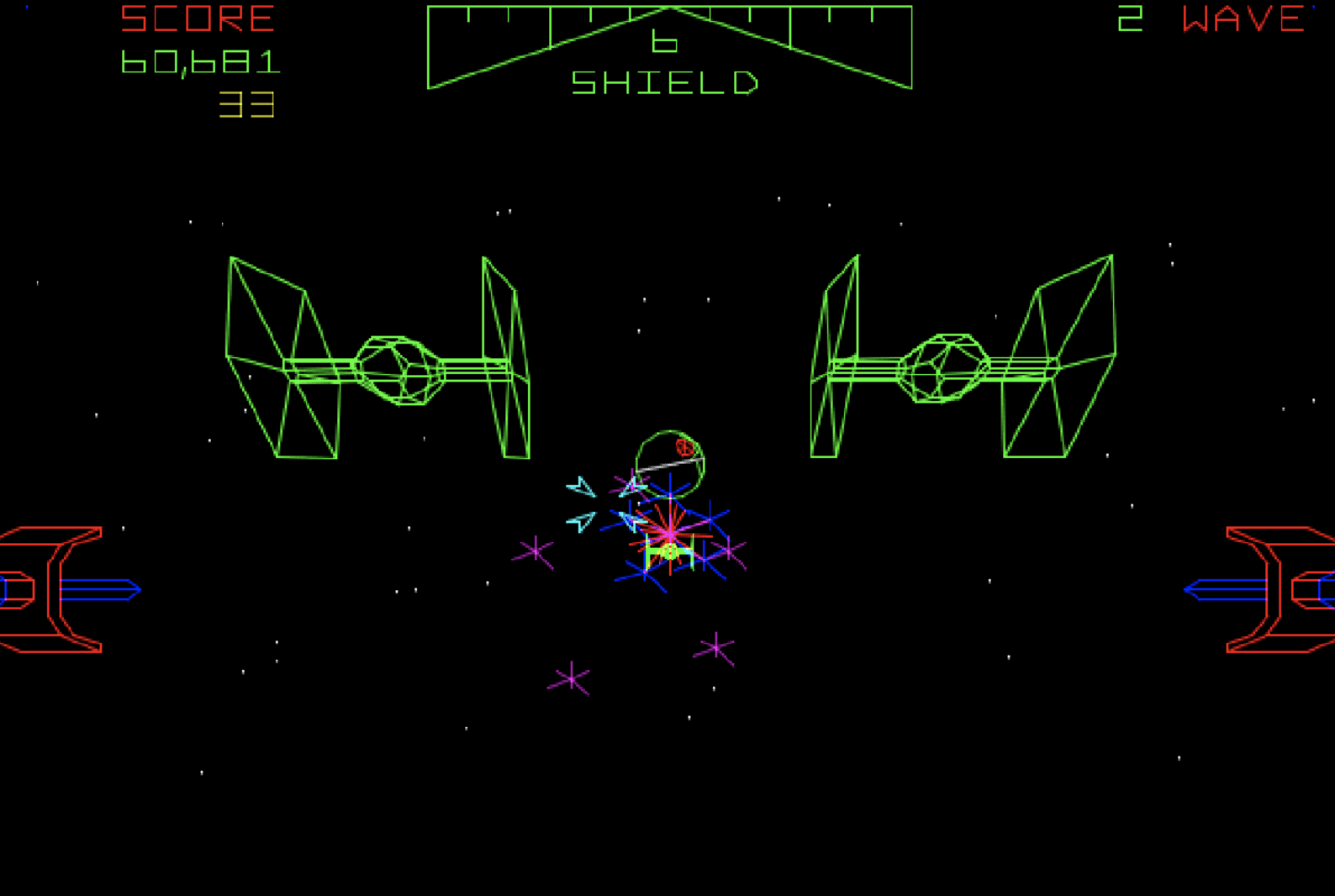
Credit: Atari.
Then there was the licensing side of the equation to consider. By the early eighties, Star Wars was already a multimedia phenomenon, and Lucasfilm was jealously protective over all aspects of its property. When the Star Wars coin-op was at its testing stage, Hally recalls nervously loading up one of the hulking cabinets in the back of a lorry to take it to George Lucas’s Skywalker Ranch in Marin County. “I remember that, throughout the entire project, the people at Lucasfilm were worried about every little detail, just like they were with their movies,” Hally said in a February 2022 edition of The Ted Dabney Experience podcast. “That was one of the first times I had to load up a cabinet of that size and drive it up to Lucas’ ranch for them to go through it with a fine-tooth comb. It was myself and technician Rob Rowe. I can’t remember if George Lucas was at that meeting, but he had a whole entourage of people that played the game, went through all the levels, asked a zillion questions.”
Fortunately, Lucasfilm’s inquisitors were happy with the resulting game – as were the first players who got their hands on the coin-op when it was placed in an amusement arcade for testing nearer to release. Hally recalls getting a call from the arcade the day after the cabinet was dropped off, and learning that an unbroken line of players had been queueing to get their hands on it.
Star Wars was a major hit for Atari in 1983 – one of its last major arcade successes before the well-documented North American video game crash knocked the wider firm on its heels later that year. But in the final analysis, what was its true killer feature? Its sit-down cabinet looked and felt stunning, but this was hardly unique (racing games like Turbo and Pole Position did a similar thing a year or two earlier). Its controls felt perfectly judged, but they were taken from a version of the Battlezone arcade machine made for the US military. Star Wars wasn’t the first game to feature 3D action in space, or use digitised speech to generate its atmosphere (though it was, according to Guinness World Records, the first to use samples from a movie).
Read more: Celebrating the bygone joy of bespoke arcade cabinets
No, Star Wars’ brilliance lay in the way it used all of these things to create a sense of occasion. Other games had fulfilled power fantasies like driving tanks or racing cars, but none had succeeded in recreating a pivotal moment in cinema to quite such a thrilling degree before. You only have to compare Atari’s Star Wars to the other licensed games that came before it (such as the company’s own Raiders Of The Lost Ark or TRON) to see the difference: solid though those games were, they didn’t attempt to faithfully recreate the sights, sounds, or emotions of the movies they were based on. As Hally himself put it in that podcast: “Between the visuals, the surround of the cockpit, your hands on the controller, it all just made sense.”
The result was a classic, and the first truly great Star Wars video game.
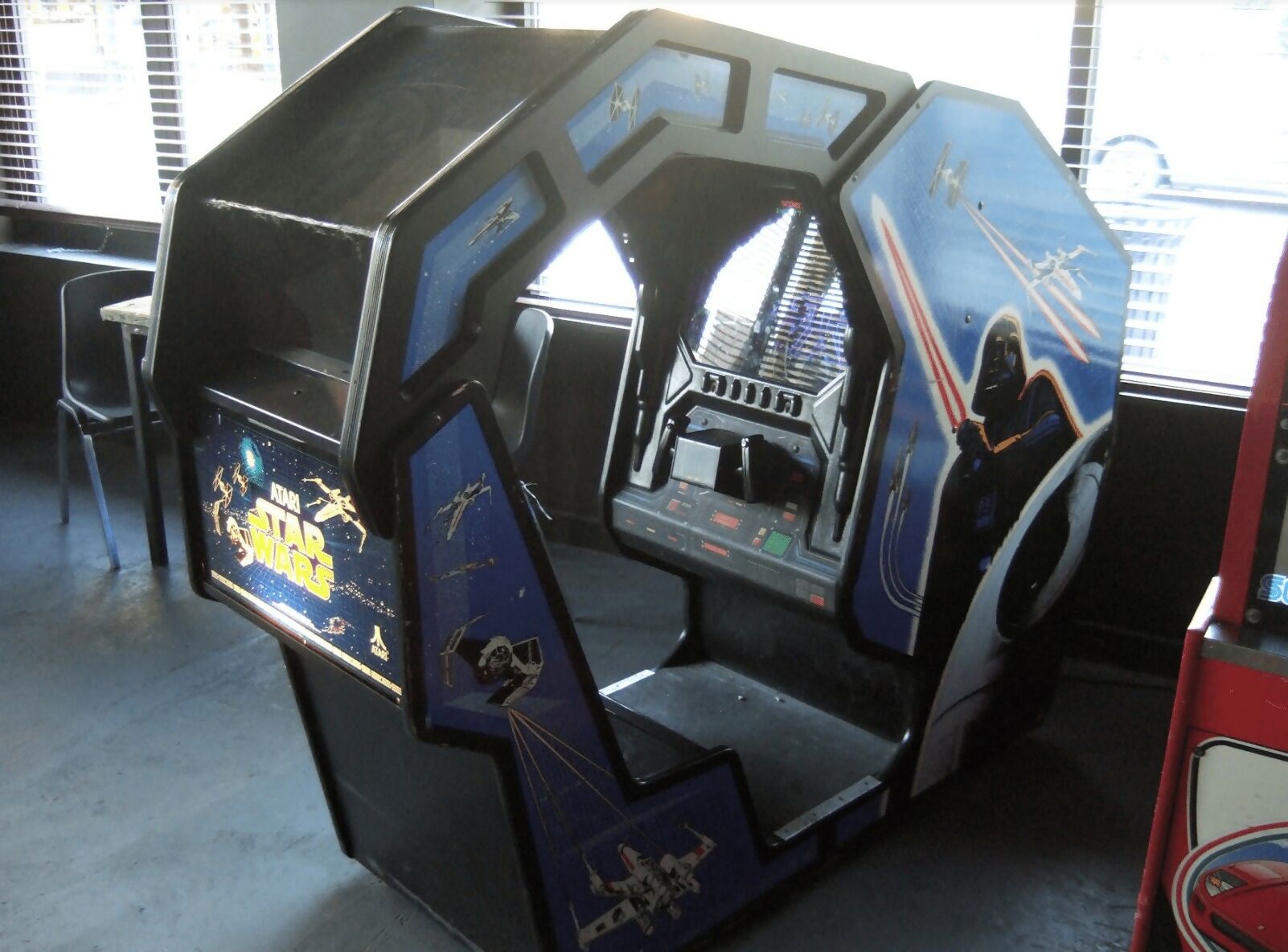
Credit: Atari/Wikimedia Commons.
The Saga Continues
The success of the Star Wars coin-op led to the release of 1985’s The Empire Strikes Back – a conversion kit that turned the original cabinet into a sequel which took in dogfights through asteroid fields and skirmishes on the surface of the ice planet, Hoth. Given the success of these games, you might think that Atari would round off the trilogy with a 3D vector version of Return of the Jedi. Instead, the third, 1987 entry was a playable but surprisingly forgettable isometric shooter that recreated scenes from the film with regular sprites. The cinematic quality of the previous games was gone, and as Your Sinclair magazine rather waggishly pointed out, the Endor stage gave players the “sight of a band of Ewoks doing something that will make them go blind, or at least that’s what it looks like”. How times change.
Read more: Arcade perfect | running a modern-day gaming emporium


